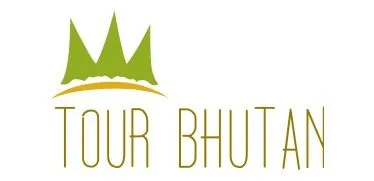
Explore Bhutan Trekking Tours
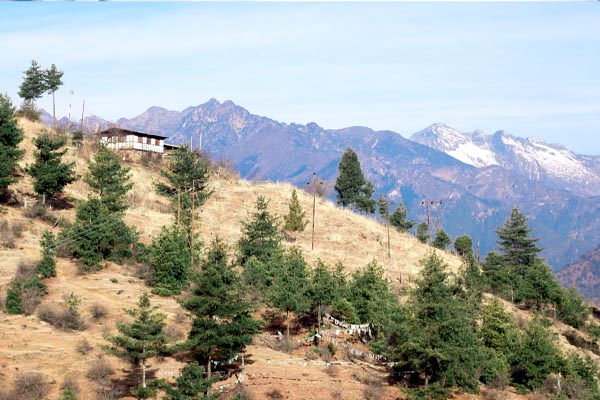
Discover the breathtaking beauty of Bhutan through the Trans Bhutan Trail, an epic trekking adventure spanning the length of this enchanting Himalayan kingdom.
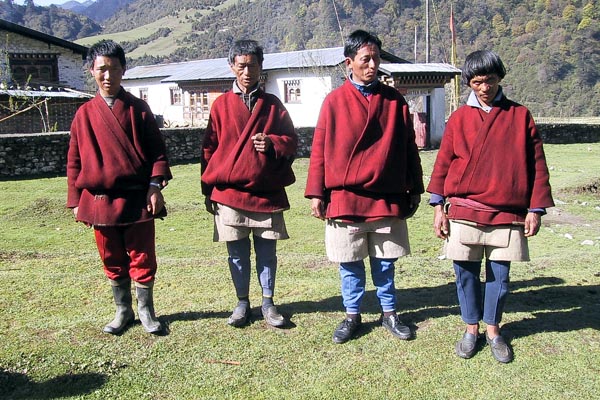
Merak and Sakteng Trek allows trekkers to experience a unique semi-nomadic lifestyle and culture in one of the most scenic pastoral valleys in Bhutan

Short and beautifull trek in eastern part of Bhutan. The Lhakhang was named as Rigsum Goenpa Lhakhang. The Lhakhang houses a Jowo Shakya Muni statue (The Buddha as a Prince) brought from Punakha Dzong.
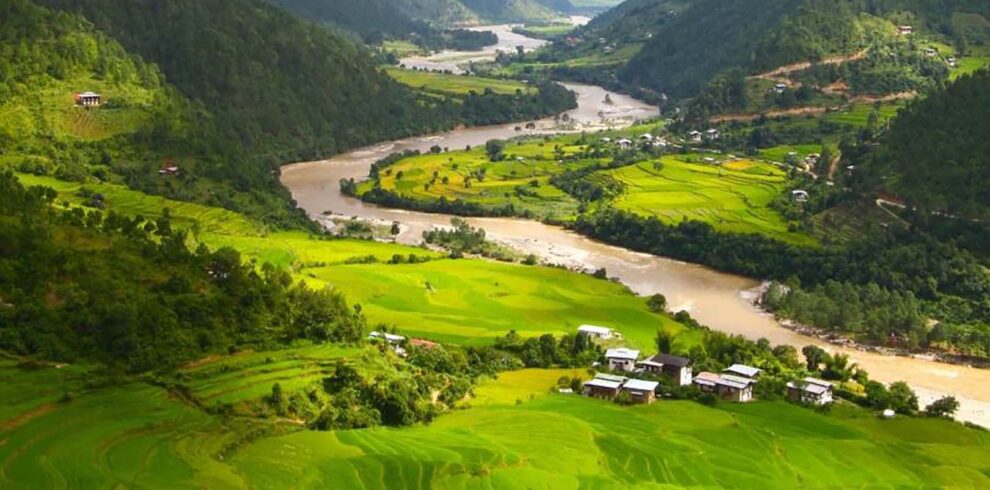
Samtengang Winter Trek in Western Bhutan. This four-day trek is a short and pleasant journey from Punakha to Wangduephodrang Dzongkhag. It is a fairly easy trek as the altitude only ranges between 1100-1900m and the climate is warm throughout the hike.
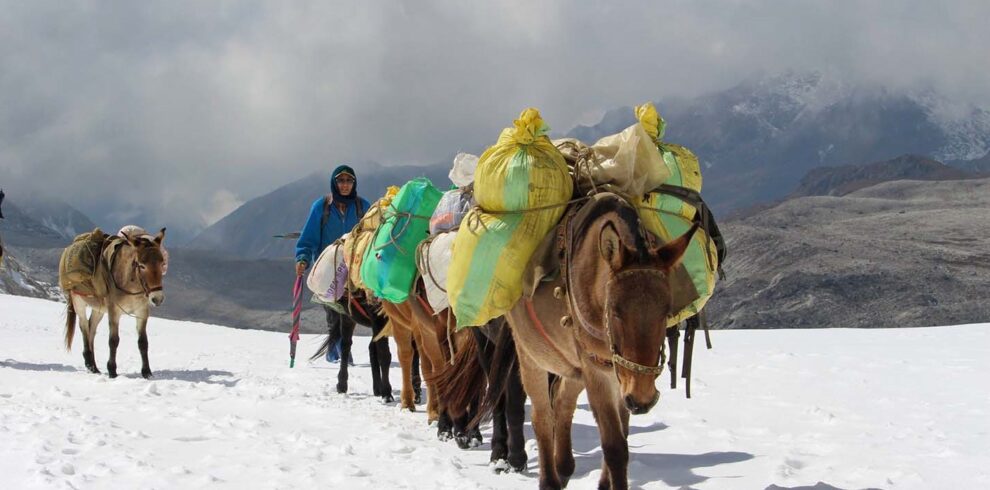
Gangjula Trek in Bhutan is a new trekking route introduced recently in Bhutan. It is one of the scenic and most amazing trek in central Bhutan starts from Central Bhutan.
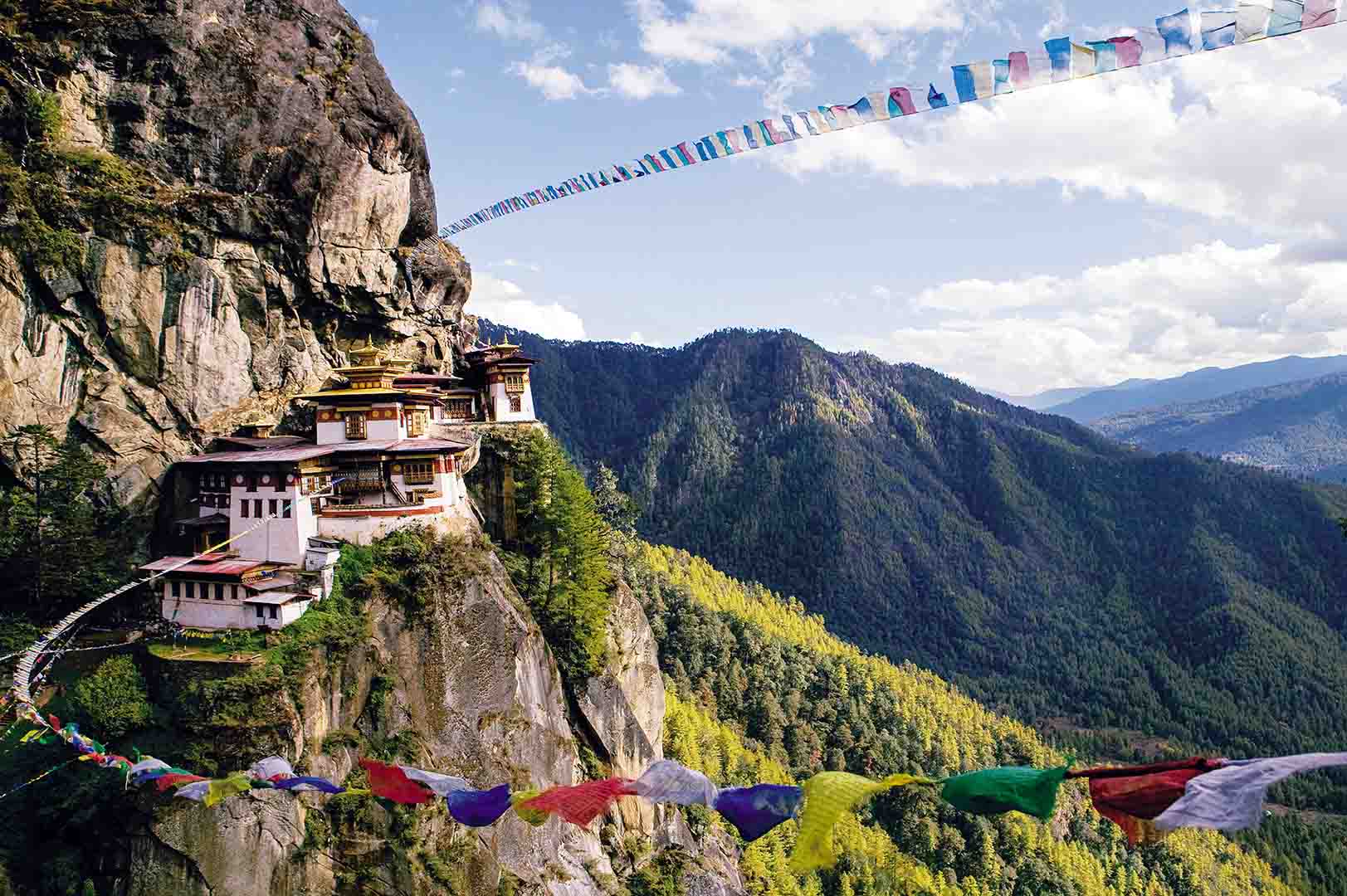
The Royal Heritage trek is one of the unique treks that covers different Palaces Starting from Central to Western Bhutan. The trek is one of iconic and beautiful.
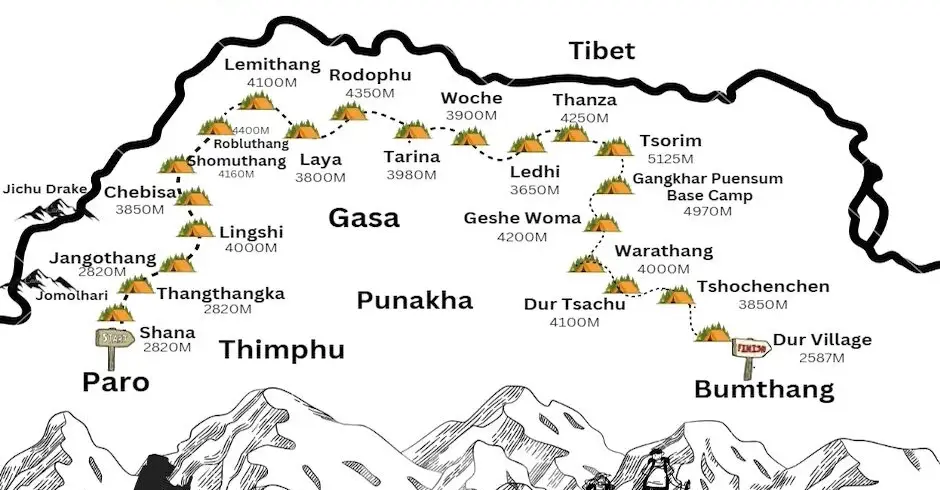
The Trek is the most difficult trek in Bhutan and crosses about 11 high passes and takes about 29 days to complete the trek. Trek Highlight:
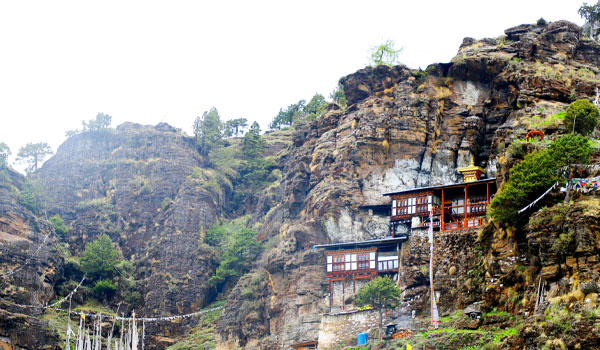
The Bumdra trek is more of a hike, and you’ll spend 2 days walking the area around Paro, through the vast valley, passing temples and monasteries – watching the sunset over the mountains of Haa.
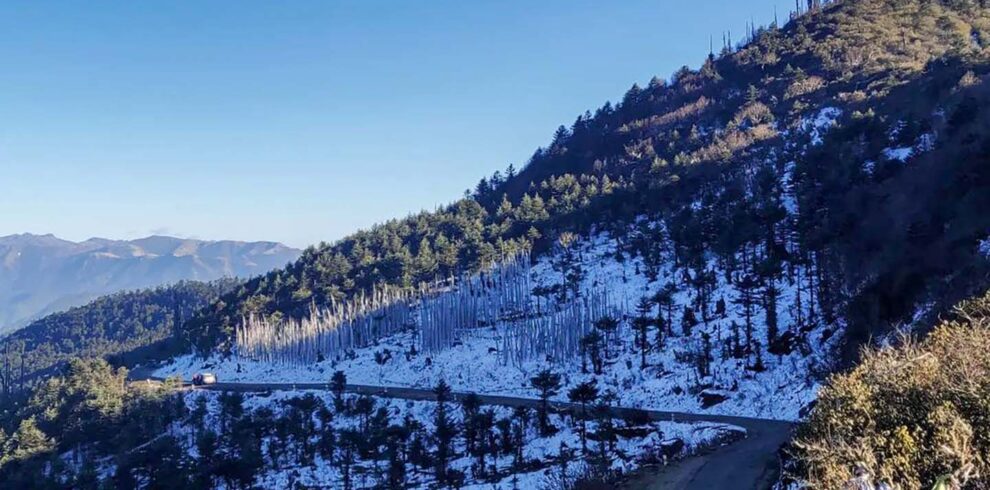
Chelela Trek is one day Trek starting from Chelela to Kiligoenpa at Paro. The essence of the Chele La Pass and Kila Goemba hike … A fluttering line of prayer flags leads the way on the highest road pass in the mountainous kingdom of Bhutan.
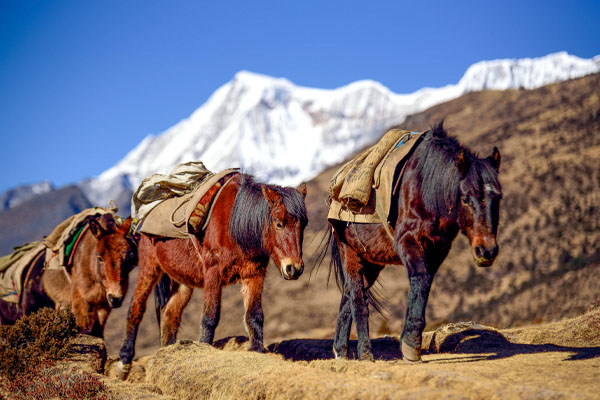
The Trek is the most difficult trek in Bhutan and crosses about 11 high passes and takes about 29 days to complete the trek. Trek Highlight: Cross highest 11 passes during the Snowman trek in Bhutan. Challenge yourself on one of the longest 220 miles trekking in Bhutan.
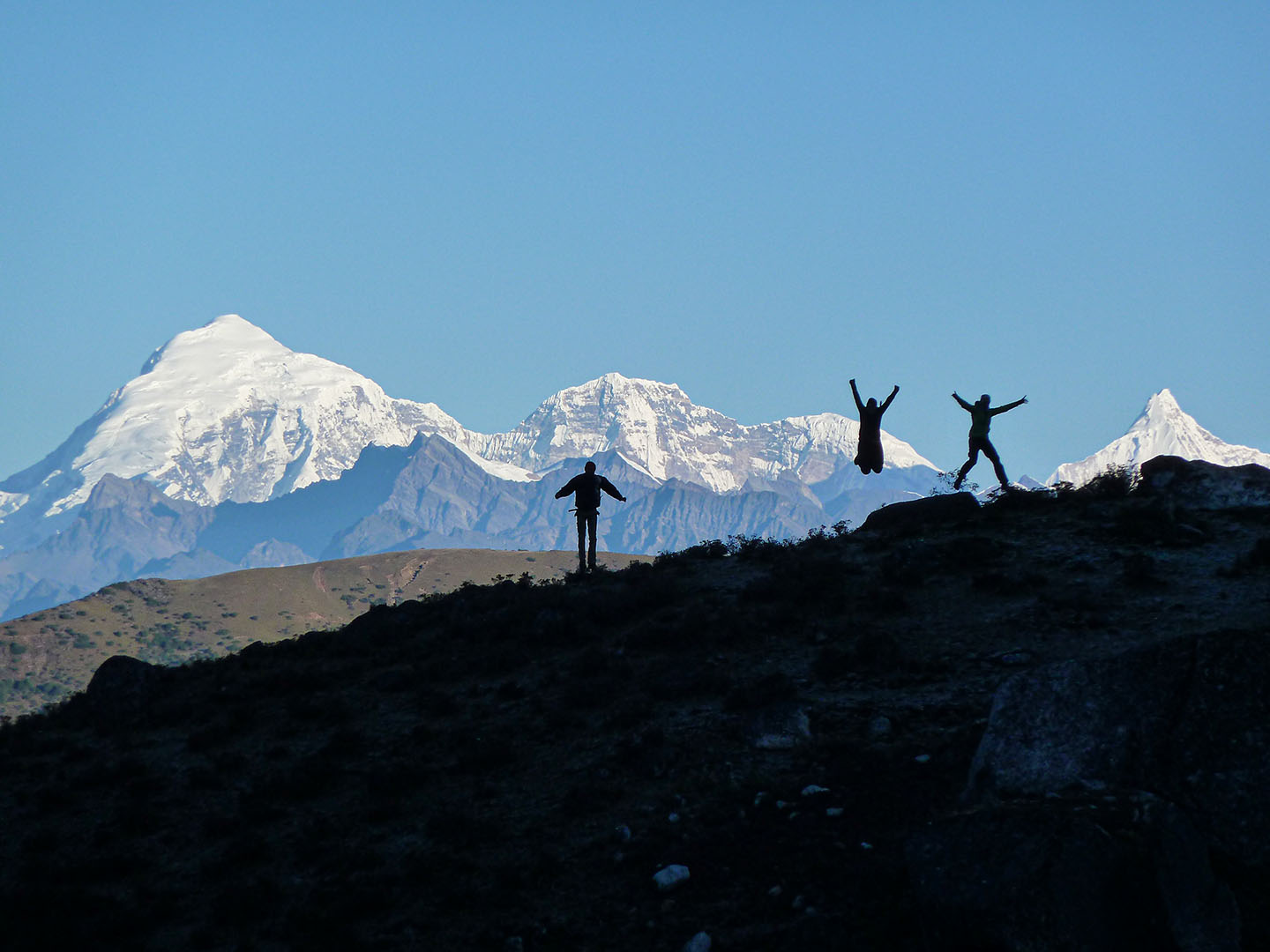
It is a 7-days Trek from Paro to Jumolhari base camp at Jangothang, returning via the same route or by an alternative trail to Paro.
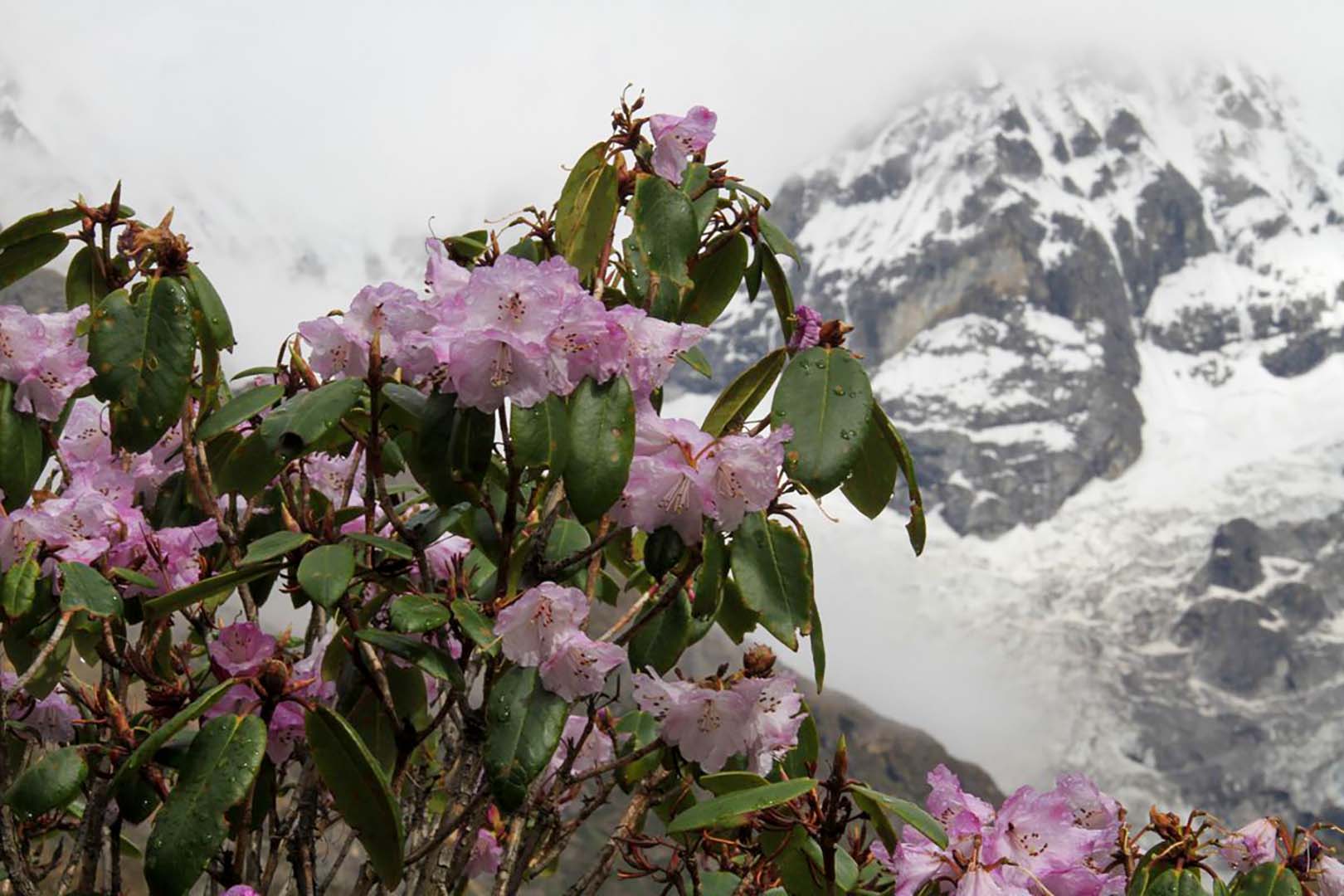
Located in the area of Thimphu and Paro, the Dagala Thousand Lakes Trek is one of the iconic trekking trails in Bhutan. The Trek is one of the beautiful treks in Bhutan. The trek lasts for five days and during this time, you’ll experience and visit some of the amazing Lakes in the Mountains.
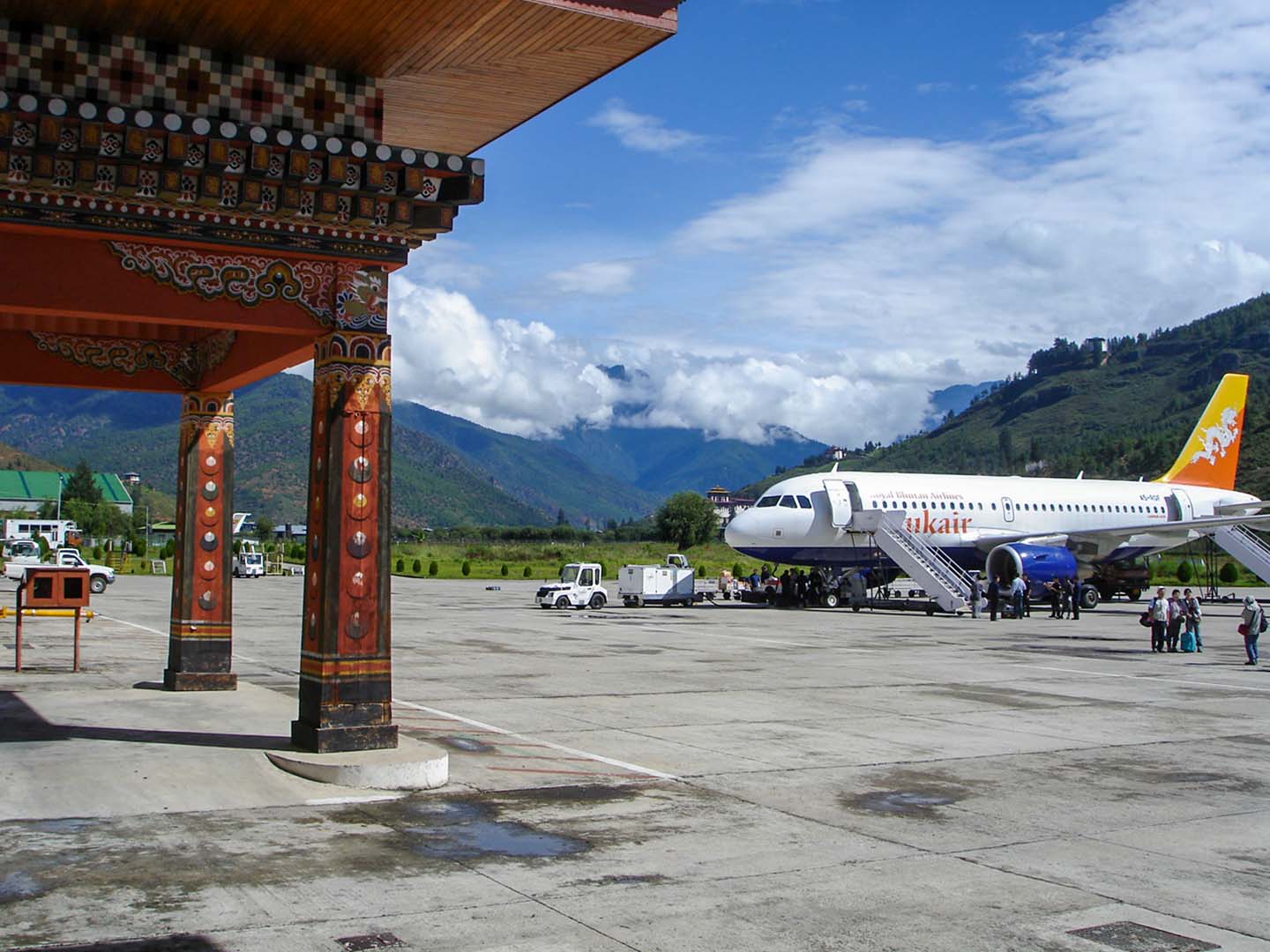
Druk Path Trek 2 starts from Thimphu Tshaluna and ends at Paro Jele Dzong. Bjimina is a beautiful small village under Thimphu District and 2 hours drive from Thimphu city. This is the second version of the Druk Path trek that is beautiful and can be done by an amateur. The best trek for beginners.
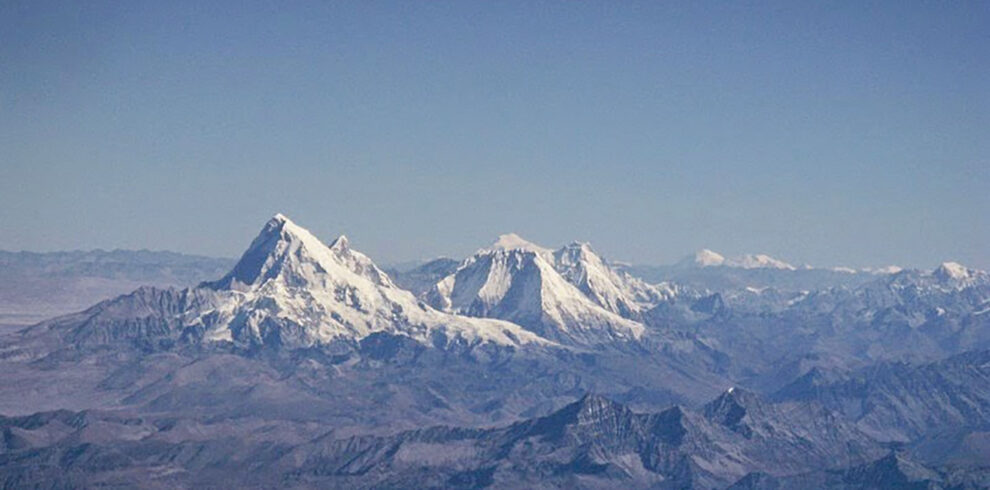
The 21-day Gangkar Puensum Trek is a high-altitude trek that will lead you to the uncharted territory of this mountain-giant. It will take you on a Trekking on rugged terrain, you will venture into unexplored mountainous terrain where you will see breathtaking landscapes and gorgeous views all along.
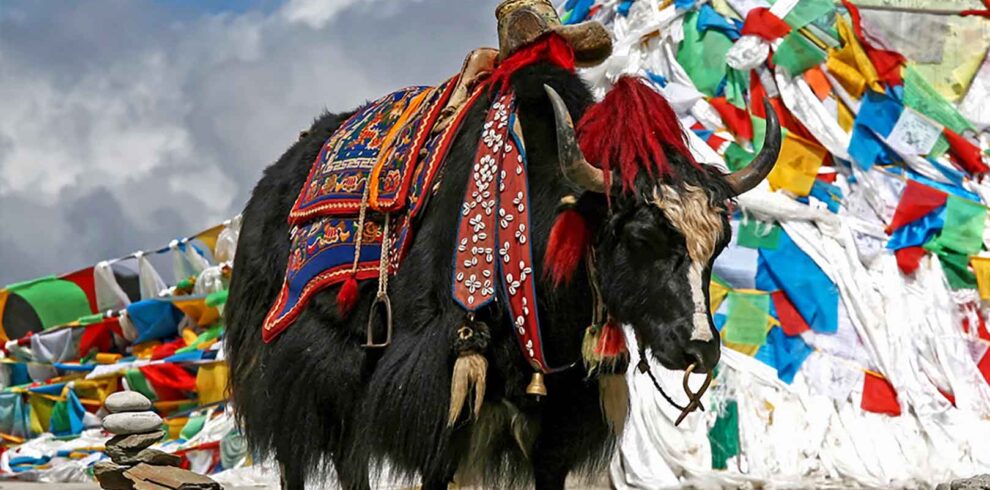
Trek Route: Punakha-Damji-Gasa-Koina-Laya. This Trek is the shorter version of Laya Gasa Trek and takes about 8 Days to complete Trek. The Trek is best for beginners and rated medium-hardone. It takes you through diverse terrain and mountain villages down to Gasa.
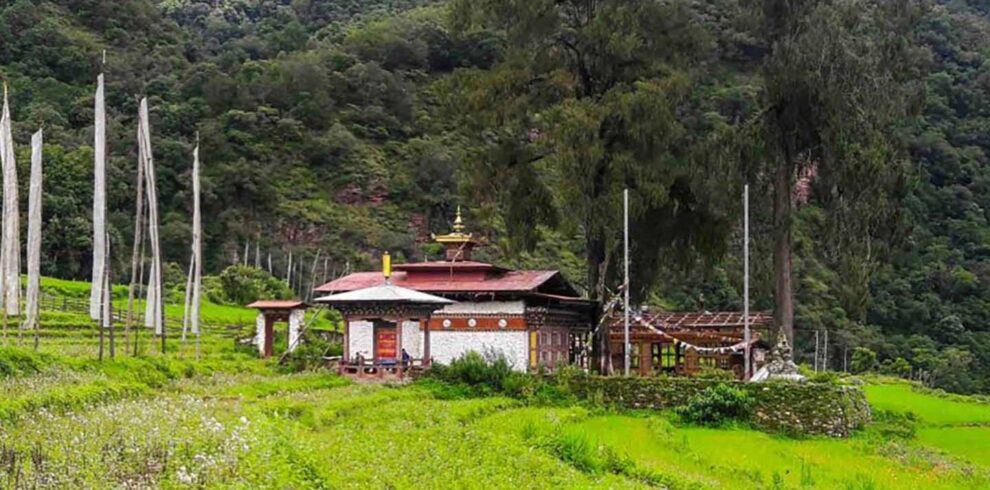
Nabji Korphu Trek is the beautiful winter trek in Bhutan located in Jigme Singye National Park. This park proudly boasts a rich ecological environment; located in Central Bhutan it’s also home to several culture rich agricultural villages,Birds and animals like Rufous Necked Hornbill,Golden Langurs,Red Panda and Black Necked Crane.
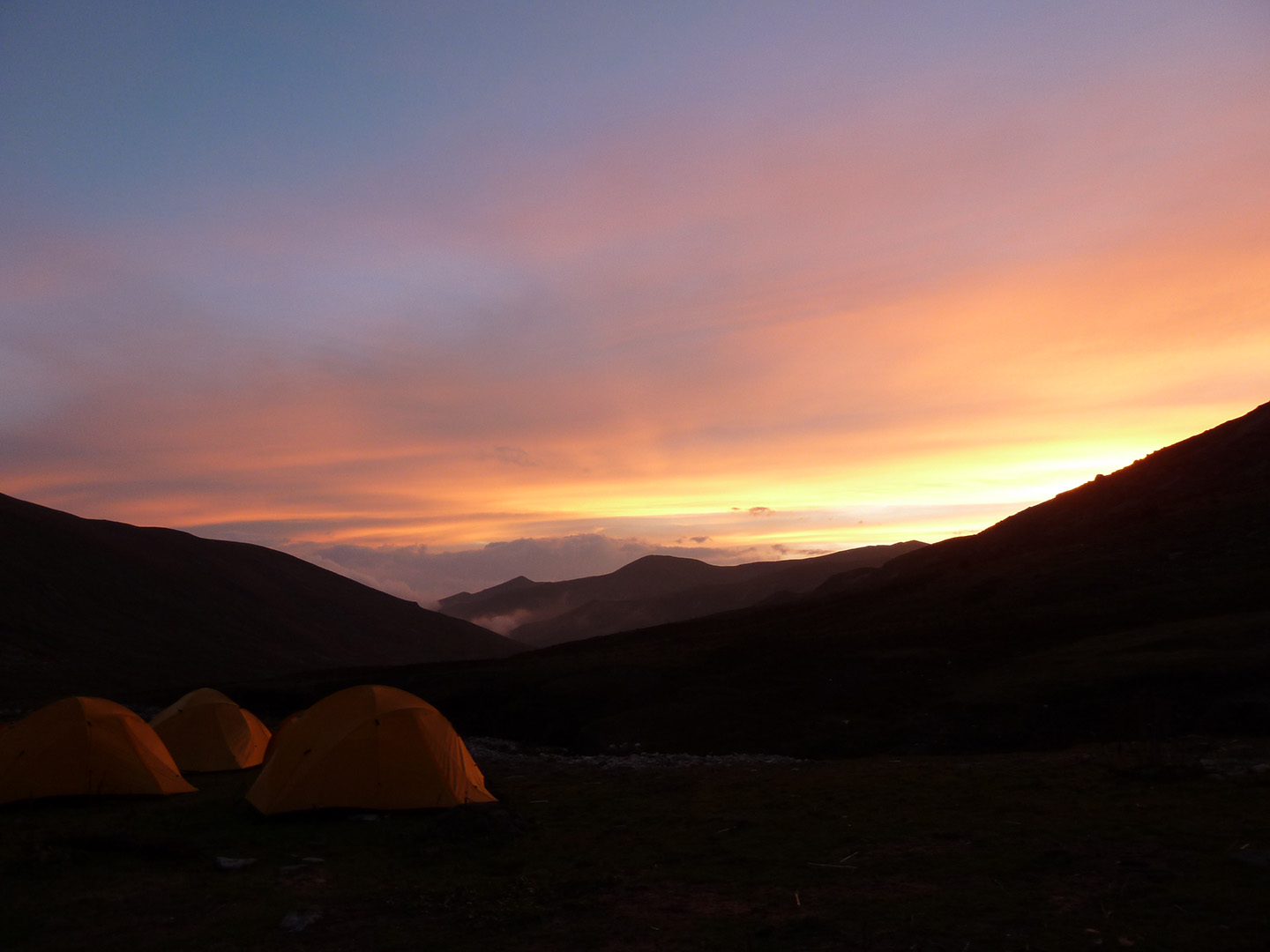
Dur Hot spring trek is one of the beautiful trek in Bhutan. It is the oldest route to Majestic Mt. Gangkar Puensum through several Hot spring where locals use to visit. This is 16 days Bhutan Trip combined with cultural tour.
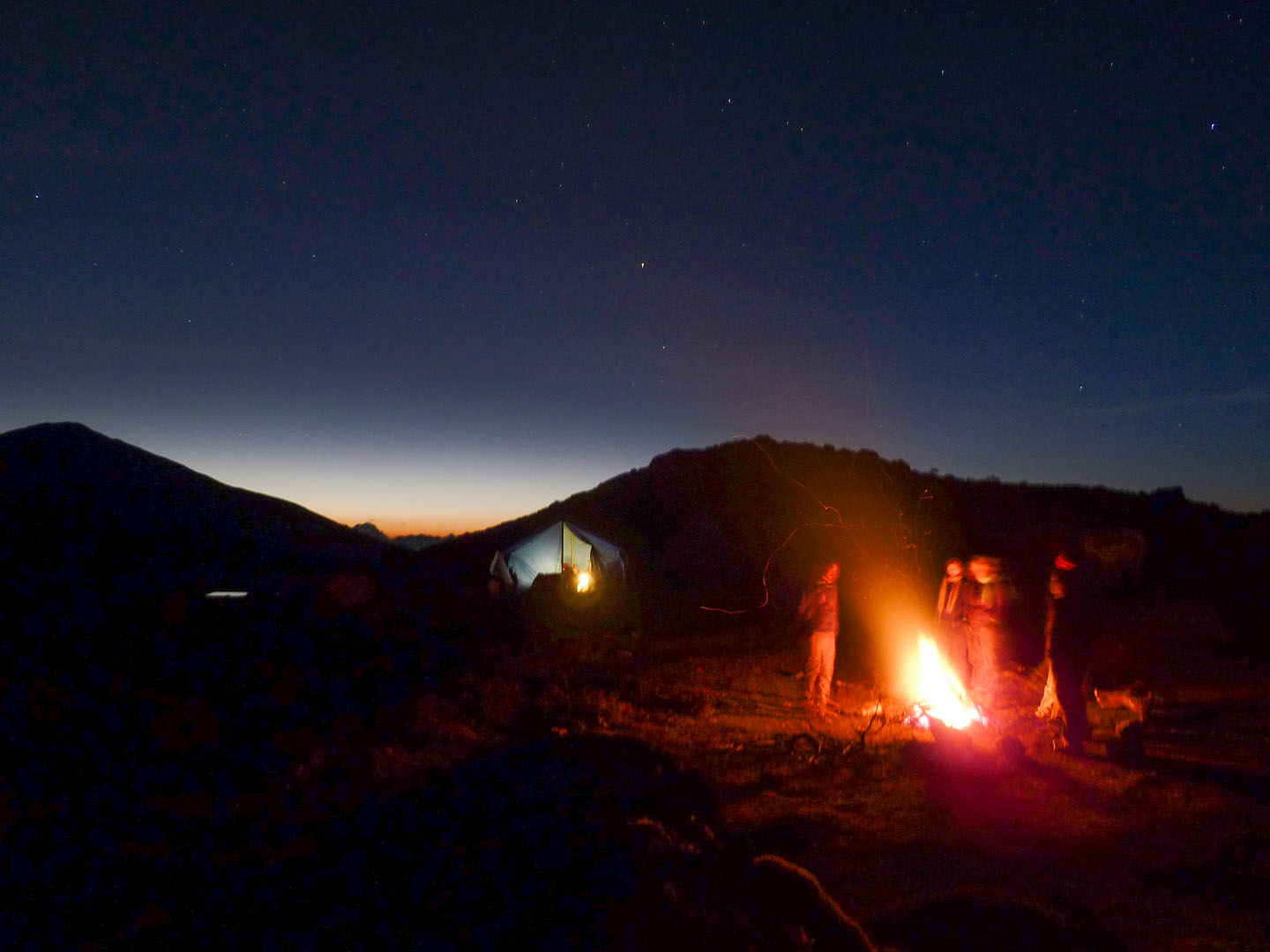
The Term “salt trek route” is derived from the purpose it served prior to the construction of the national highway from Trashigang to Samdrup Jongkhar. The people of the Eastern Dzongkhags used to make voyages via this route to take salt and silk from the border town of Samdrup Jongkhar.

With few winter trek options, Sinchula is one of the trek routes in Punakha. Punakha is a warmer valley in winter and many winter treks routes are available. The highest point is 3315M and the highlight of this trek is Kabjihoka Lake.
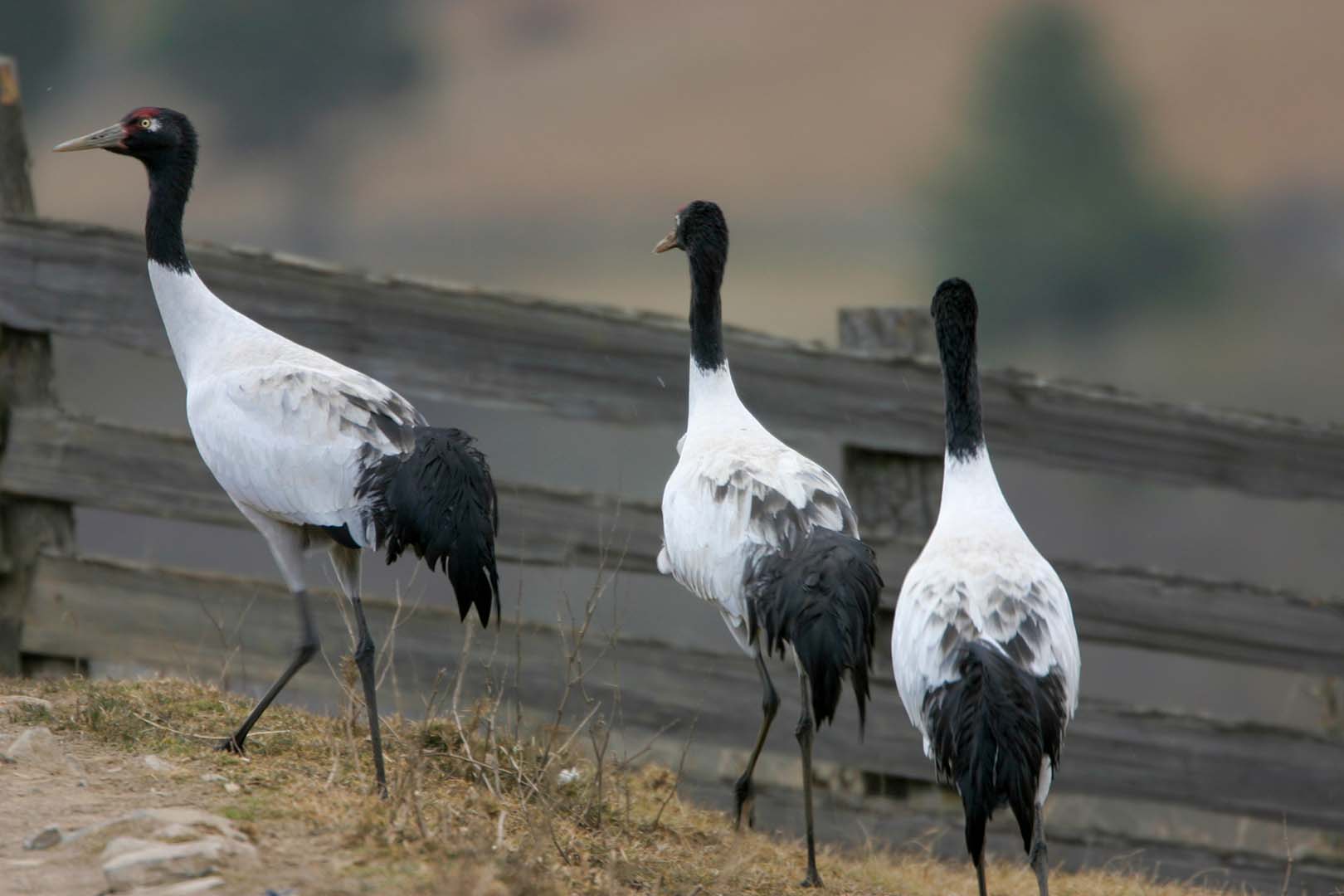
It is a 3 days trek at relatively low elevations, which visits several remote villages. This is not a very popular Trek but very easy. This trek can be done with kids above 6 years also.
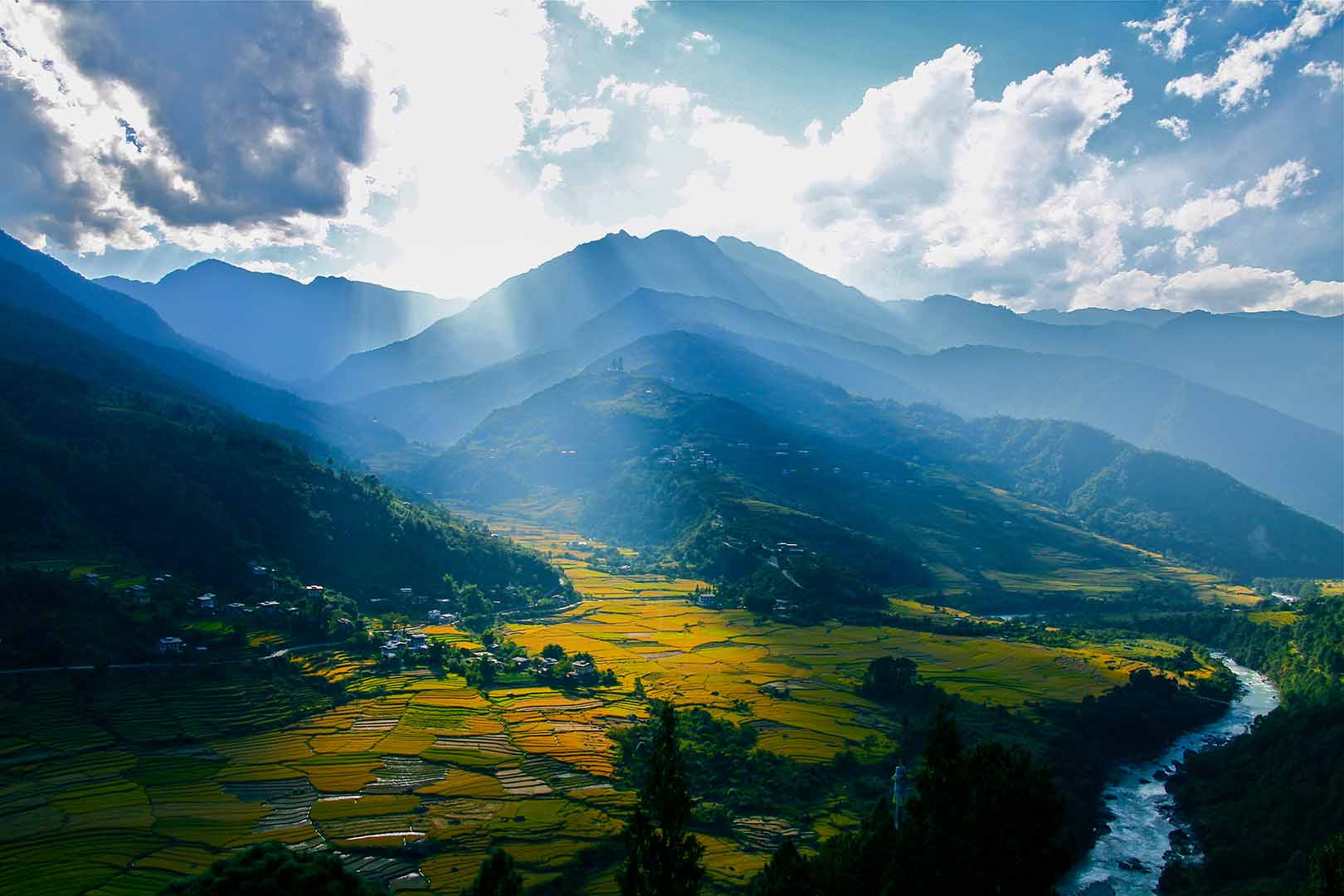
This afternoon, trek along the ridge of Kiki La and finally follow the traditional trek route between Trongsa and Bumthang (the Royal Heritage Trail) and culminating in a superb view of Jakar Dzong that will end your three day trek with many unforgettable memories.

Laya Gasa Trek in Bhutan is one of the beautiful and challenging treks. The route is known for its diverse flora and fauna including opportunities to spot exceptional animals and flowers only found in Bhutan like Blue Sheep’s, Takin’s, and the Blue Poppy (Bhutan’s national flower), the trek lasts for 14-days.
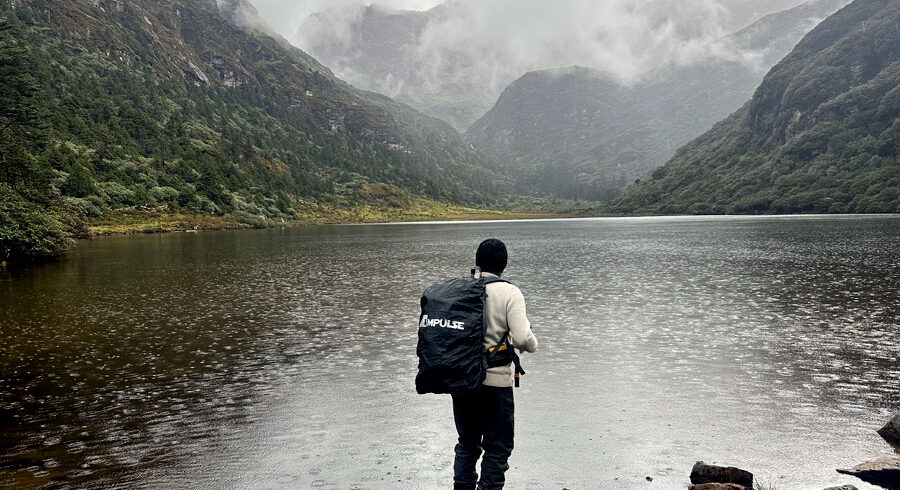
Druk Path Trek is one of the most beautiful treks in Bhutan. This Bhutan Trek is a moderate six-day trek. This trek is popular for its breathtaking views as you cross the chain of mountains that separates the Paro and the Thimphu valley. Druk Path trek has two ending routes. One ends at Phajoding and other at Tshaluna.
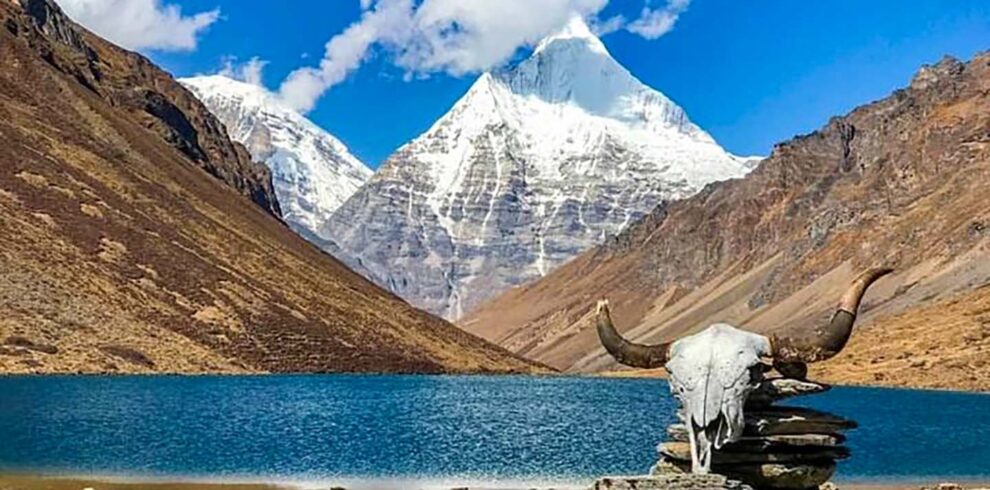
It is a 6-days Trek from Paro to Jumolhari base camp at Jangothang, returning via the same route or by an alternative trail to Paro. The view of Jumolhari mountain (7314 M) from Jangothang is spectacular.
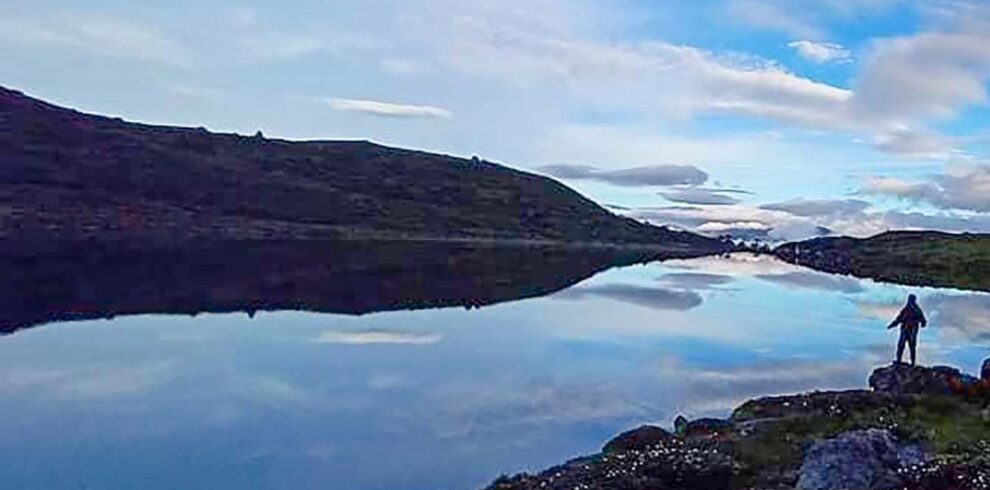
Nub Tsho Na Pata trek, Haa. Part of the Jigme Khesar Strict Nature Reserve, the only strict nature reserve in the country. Home of the snow leopards. Abode of Ap Chundu and many high-altitude lake.
Explore Spring Treks

The Trek is the most difficult trek in Bhutan and crosses about 11 high passes and takes about 29 days to complete the trek. Trek Highlight: Cross highest 11 passes during the Snowman trek in Bhutan. Challenge yourself on one of the longest 220 miles trekking in Bhutan.

It is a 7-days Trek from Paro to Jumolhari base camp at Jangothang, returning via the same route or by an alternative trail to Paro.

Located in the area of Thimphu and Paro, the Dagala Thousand Lakes Trek is one of the iconic trekking trails in Bhutan. The Trek is one of the beautiful treks in Bhutan. The trek lasts for five days and during this time, you’ll experience and visit some of the amazing Lakes in the Mountains.

Druk Path Trek 2 starts from Thimphu Tshaluna and ends at Paro Jele Dzong. Bjimina is a beautiful small village under Thimphu District and 2 hours drive from Thimphu city. This is the second version of the Druk Path trek that is beautiful and can be done by an amateur. The best trek for beginners.

Laya Gasa Trek in Bhutan is one of the beautiful and challenging treks. The route is known for its diverse flora and fauna including opportunities to spot exceptional animals and flowers only found in Bhutan like Blue Sheep’s, Takin’s, and the Blue Poppy (Bhutan’s national flower), the trek lasts for 14-days.

It is a 6-days Trek from Paro to Jumolhari base camp at Jangothang, returning via the same route or by an alternative trail to Paro. The view of Jumolhari mountain (7314 M) from Jangothang is spectacular.
Explore Summer Bhutan Trekking Tours

It is a 3 days trek at relatively low elevations, which visits several remote villages. This is not a very popular Trek but very easy. This trek can be done with kids above 6 years also.

This afternoon, trek along the ridge of Kiki La and finally follow the traditional trek route between Trongsa and Bumthang (the Royal Heritage Trail) and culminating in a superb view of Jakar Dzong that will end your three day trek with many unforgettable memories.
Explore Autumn Bhutan Trekking Tours

The Trek is the most difficult trek in Bhutan and crosses about 11 high passes and takes about 29 days to complete the trek. Trek Highlight: Cross highest 11 passes during the Snowman trek in Bhutan. Challenge yourself on one of the longest 220 miles trekking in Bhutan.

Dur Hot spring trek is one of the beautiful trek in Bhutan. It is the oldest route to Majestic Mt. Gangkar Puensum through several Hot spring where locals use to visit. This is 16 days Bhutan Trip combined with cultural tour.

Nub Tsho Na Pata trek, Haa. Part of the Jigme Khesar Strict Nature Reserve, the only strict nature reserve in the country. Home of the snow leopards. Abode of Ap Chundu and many high-altitude lake.
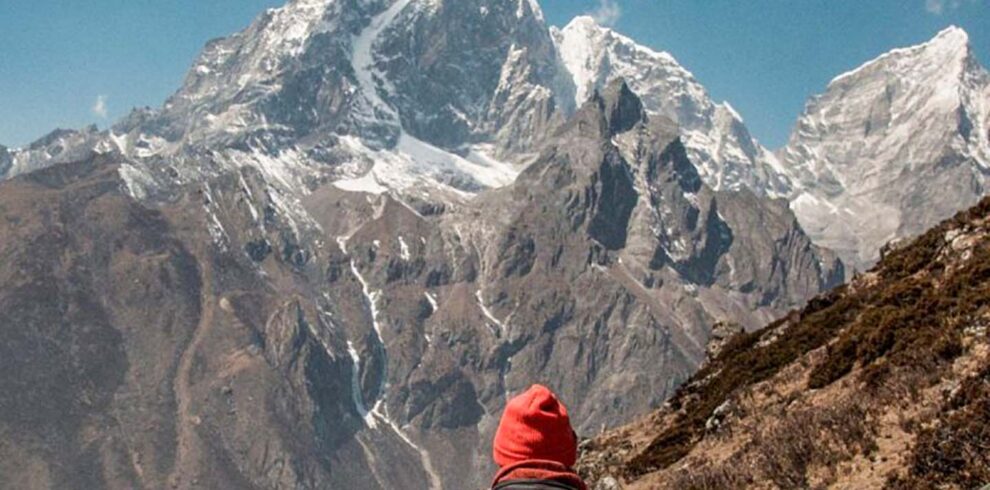
It is a 12-days program with 9 days actual trek in eastern Bhutan that is tough and involves a tremendously long, steep descent. Though it was an important trade route before the National Highway was built, few people travel this way anymore but offer a chance to visit the remote dzong.
Explore Winter Bhutan Trekking Tours

It is a 3 days trek at relatively low elevations, which visits several remote villages. This is not a very popular Trek but very easy. This trek can be done with kids above 6 years also.

This afternoon, trek along the ridge of Kiki La and finally follow the traditional trek route between Trongsa and Bumthang (the Royal Heritage Trail) and culminating in a superb view of Jakar Dzong that will end your three day trek with many unforgettable memories.

Druk Path Trek is one of the most beautiful treks in Bhutan. This Bhutan Trek is a moderate six-day trek. This trek is popular for its breathtaking views as you cross the chain of mountains that separates the Paro and the Thimphu valley. Druk Path trek has two ending routes. One ends at Phajoding and other at Tshaluna.
Best time for
trekking in Bhutan
Bhutan Trekking Tours: A Guide for Every Season
Bhutan is a land of diverse climates and landscapes, perfect for trekking enthusiasts. However, not all seasons are suitable for all types of treks. Here is what you need to know about each season:
Spring in Bhutan: A Botanist's Delight
Spring is the best time to visit Bhutan if you love flowers and nature. The hills and valleys are covered with colorful blooms of various wildflowers. You can also witness some of the famous festivals in Bhutan, such as the Paro Tshechu and the Punakha Drubchen.
Autumn in Bhutan: A Golden Glow
Autumn is another popular time to visit Bhutan for trekking, as the weather is clear and dry, and the views are stunning. The landscape is transformed into a golden hue, as the rice fields ripen and the leaves change color. You can also see some of the highest peaks in Bhutan, such as Jomolhari, Jichu Drake, and Gangkar Puensum.
Offseason in Bhutan: A Different Adventure
If you are looking for a different adventure, you can also visit Bhutan in the offseason, which is from December to February and from June to August. These are the winter and summer months, respectively, and they have their own challenges and rewards.
Winter in Bhutan offers a chance to see the rare black-necked cranes in the Phobjikha Valley, and summer in Bhutan brings the lush greenery and the exotic fruits and vegetables to the markets. You can also explore the less-traveled regions of Bhutan, such as the eastern and southern parts. Also Check The Best time to Travel Bhutan
Top Trekking Tours Packages in Bhutan.
Bhutan offers a variety of trekking experiences that cater to different levels of fitness and interest. Here are some of the top trekking packages you can consider.
Jomolhari Trek
Duration: 11 Days
Difficulty: Moderate to Challenging
Best Time: April to June and September to November
Highlights:
- Scenic views of Mount Jomolhari
- Remote villages and pristine valleys
- Diverse flora and fauna
Druk Path Trek
Duration: 6 Days
Difficulty: Moderate
Best Time: March to June and September to November
Highlights:
- Beautiful lakes and alpine scenery
- Ancient monasteries and dzongs
- Spectacular views of the Himalayas
Snowman Trek
Duration: 25 Days
Difficulty: Very Challenging
Best Time: Late September to Late October
Highlights:
- One of the most difficult treks in the world
- Remote and unspoiled landscapes
- High-altitude mountain passes
Bumthang Owl Trek
Duration: 3 Days
Difficulty: Moderate
Best Time: March to May and September to November
Highlights:
- Scenic views of the Bumthang Valley
- Rich biodiversity
- Cultural insights into local villages.
Dagala Thousand Lakes Trek
Duration: 6 Days
Difficulty: Moderate
Best Time: April to June and September to October
Highlights:
- High-altitude lakes and meadows
- Panoramic views of the Himalayan range
- Traditional villages
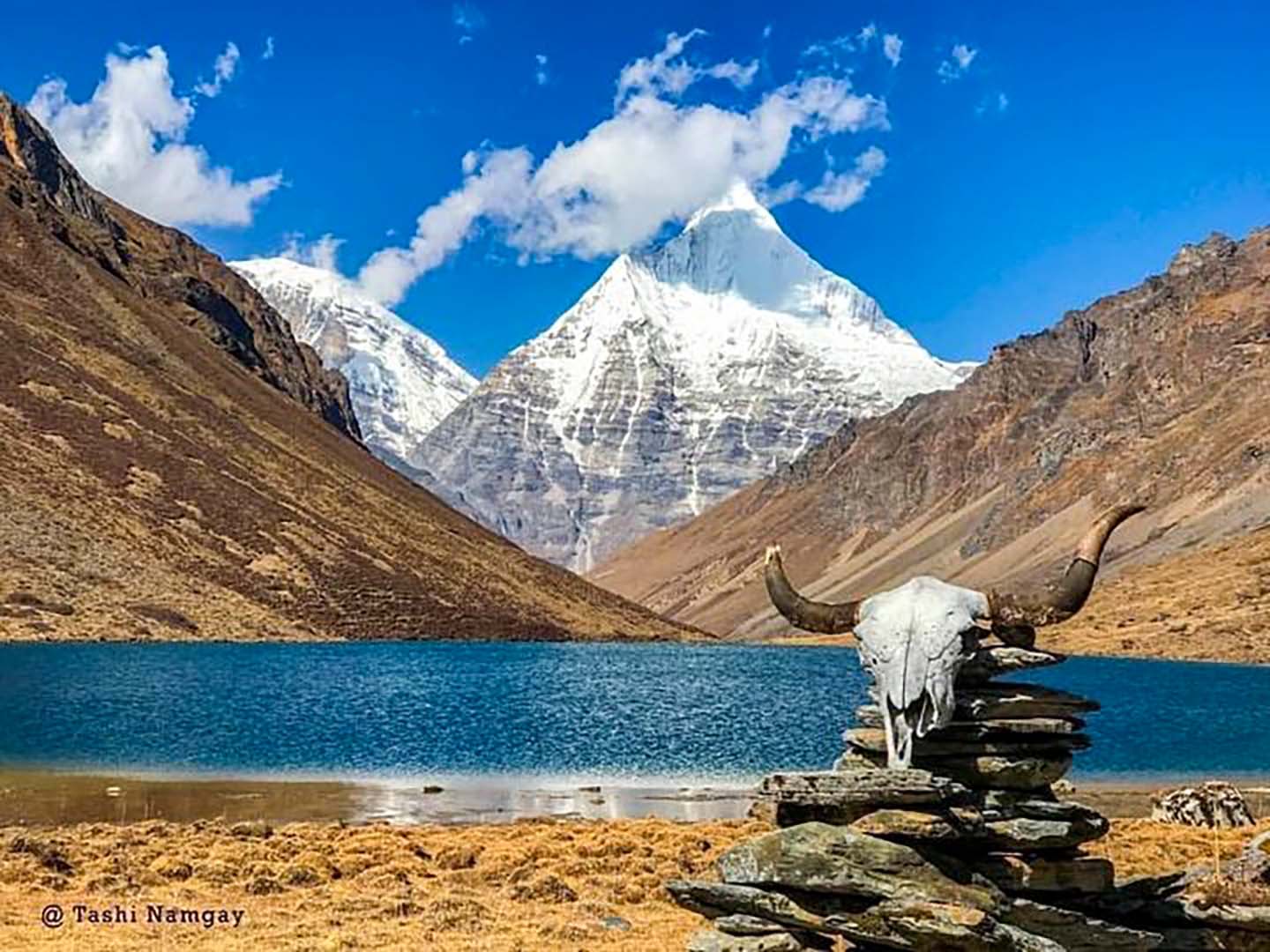
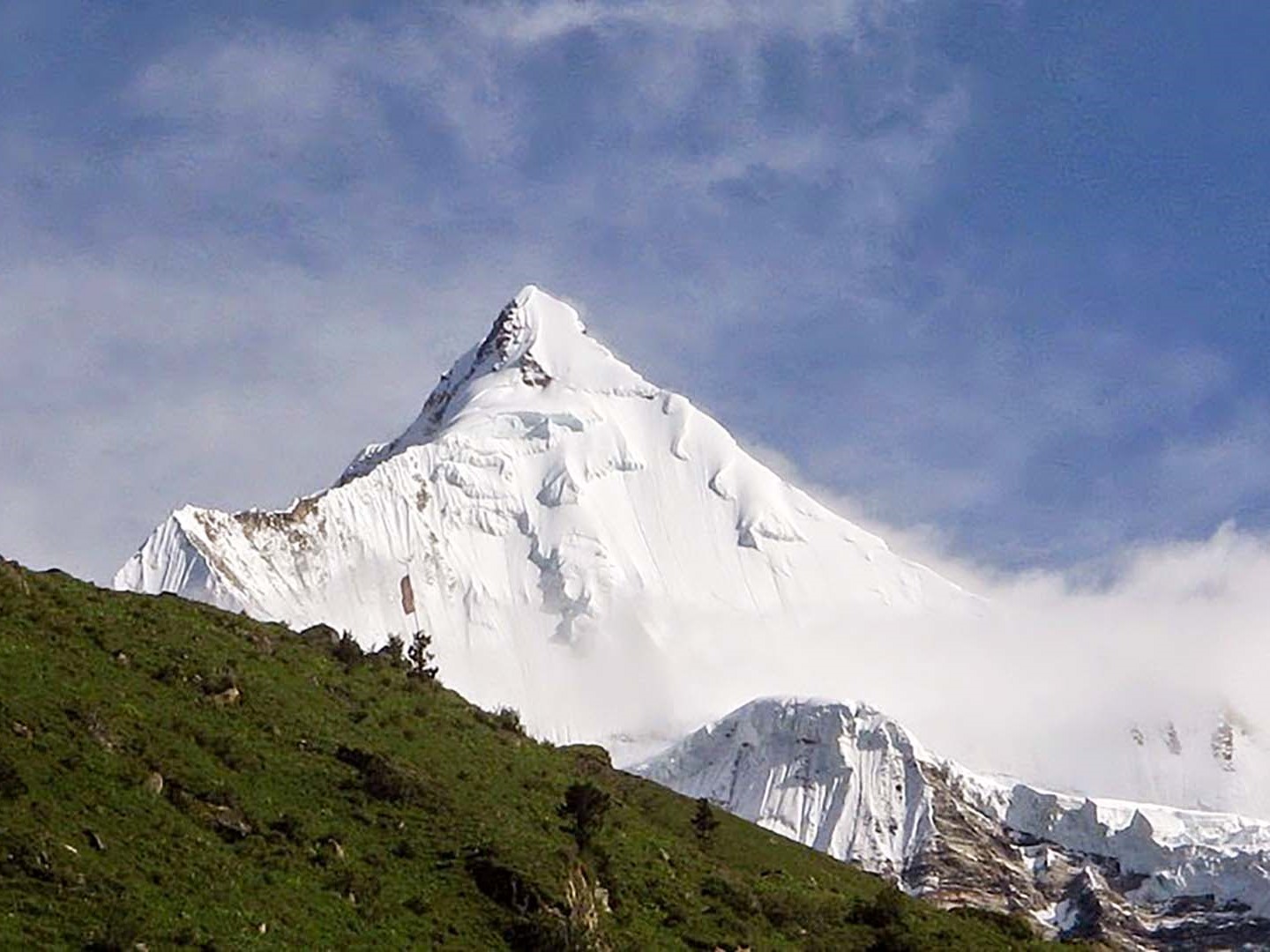
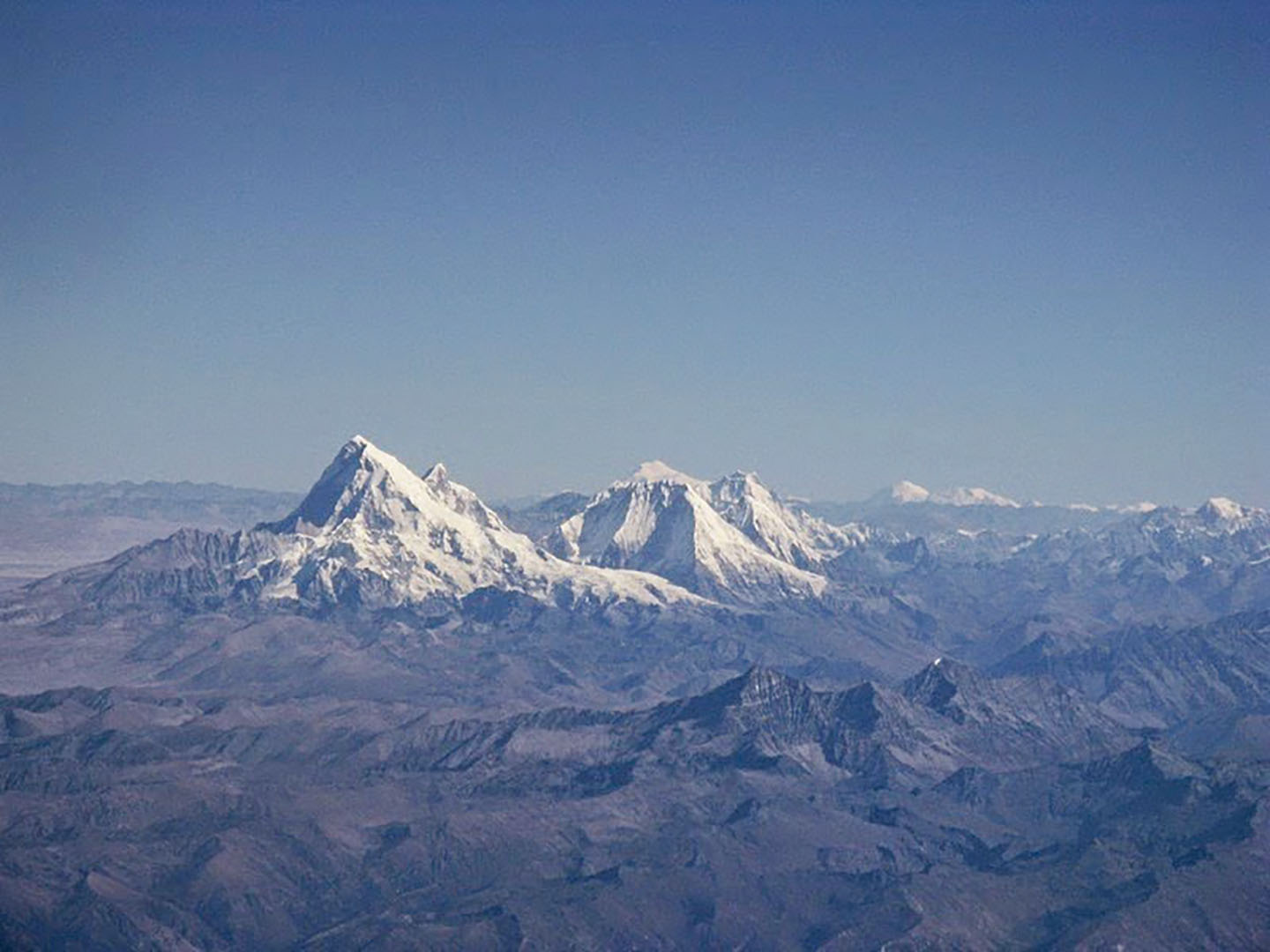
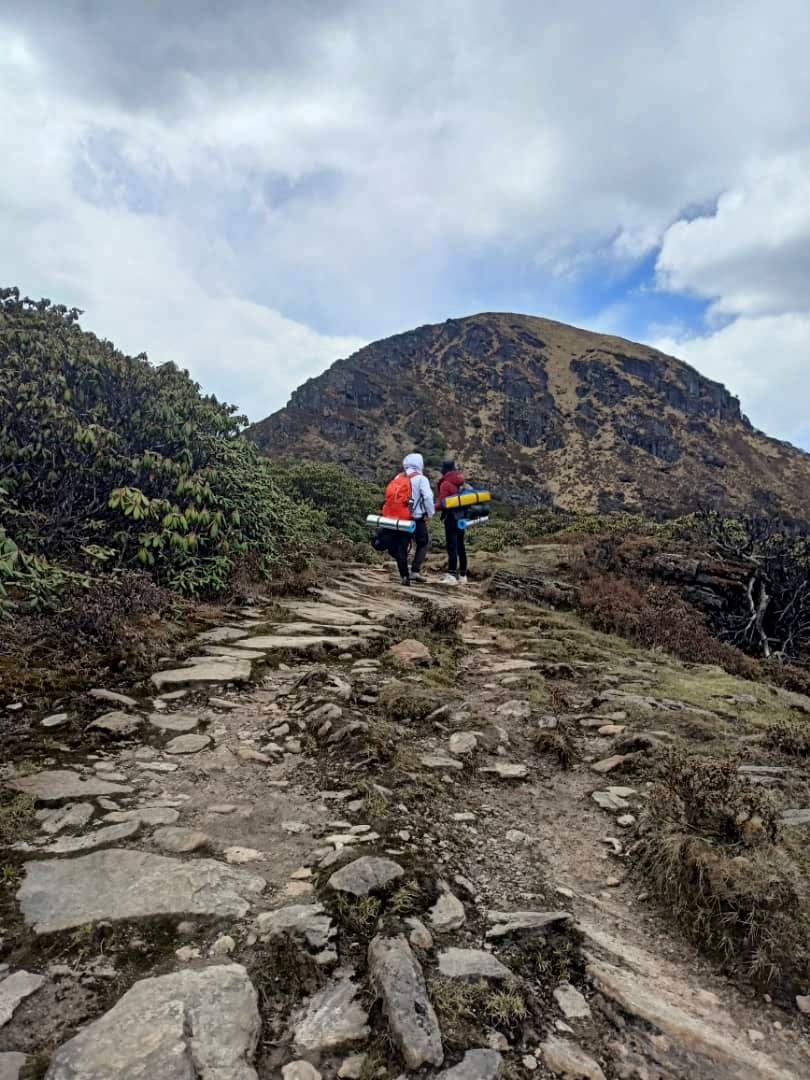
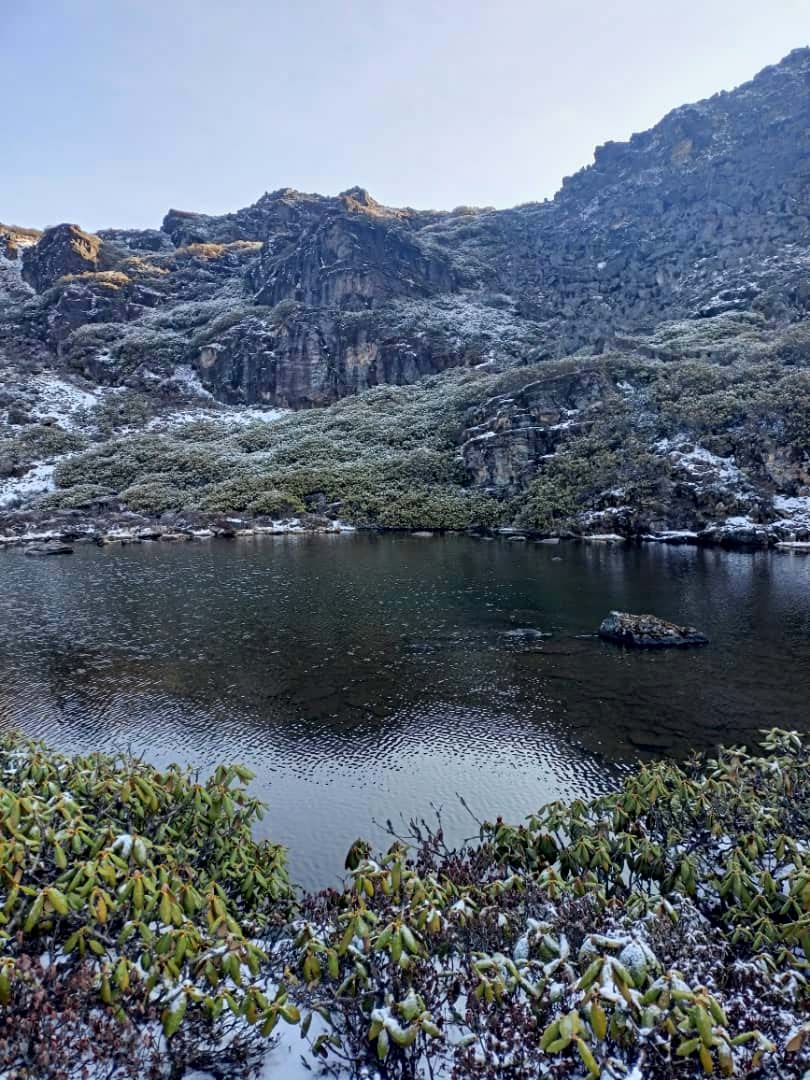
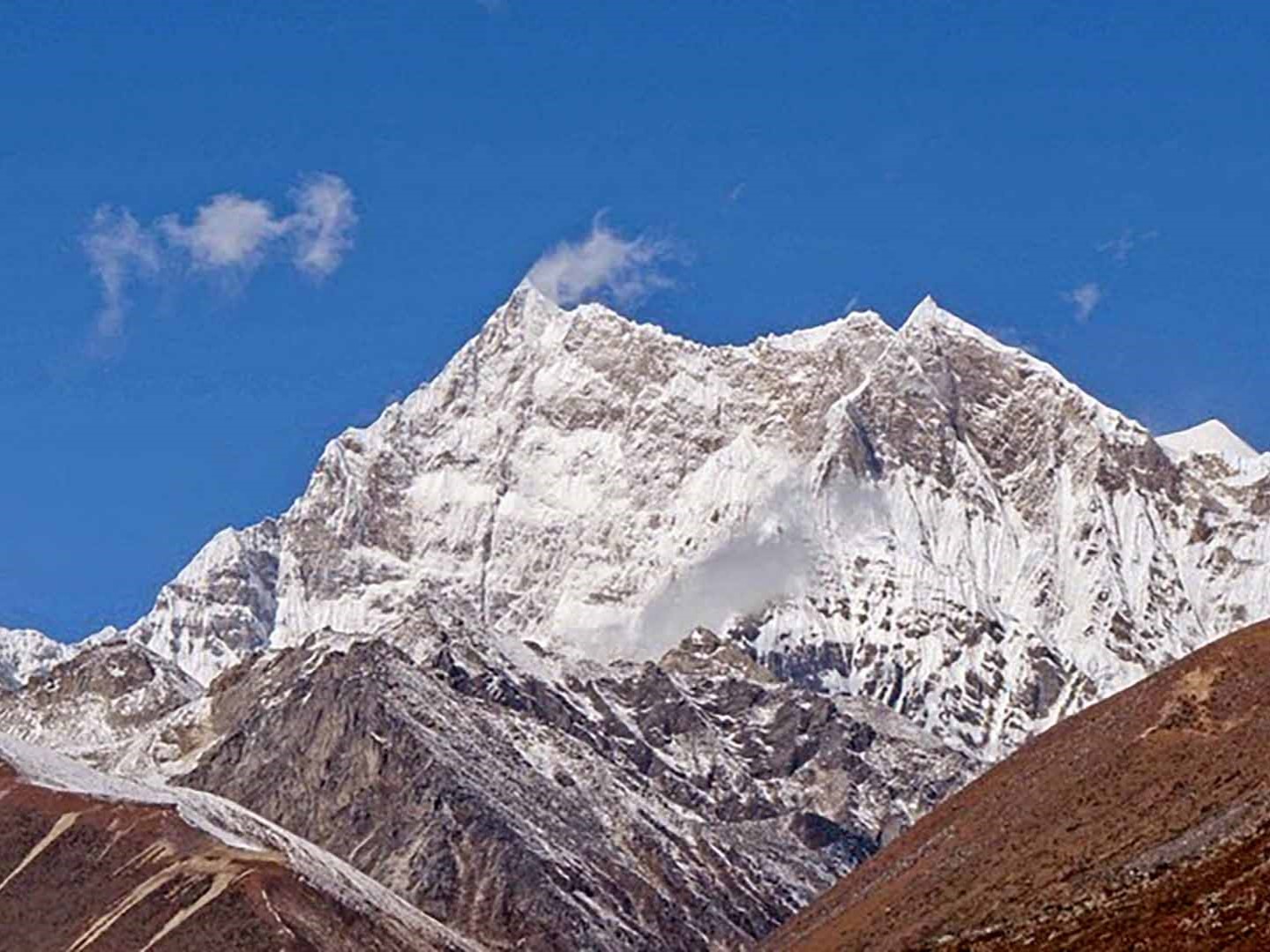
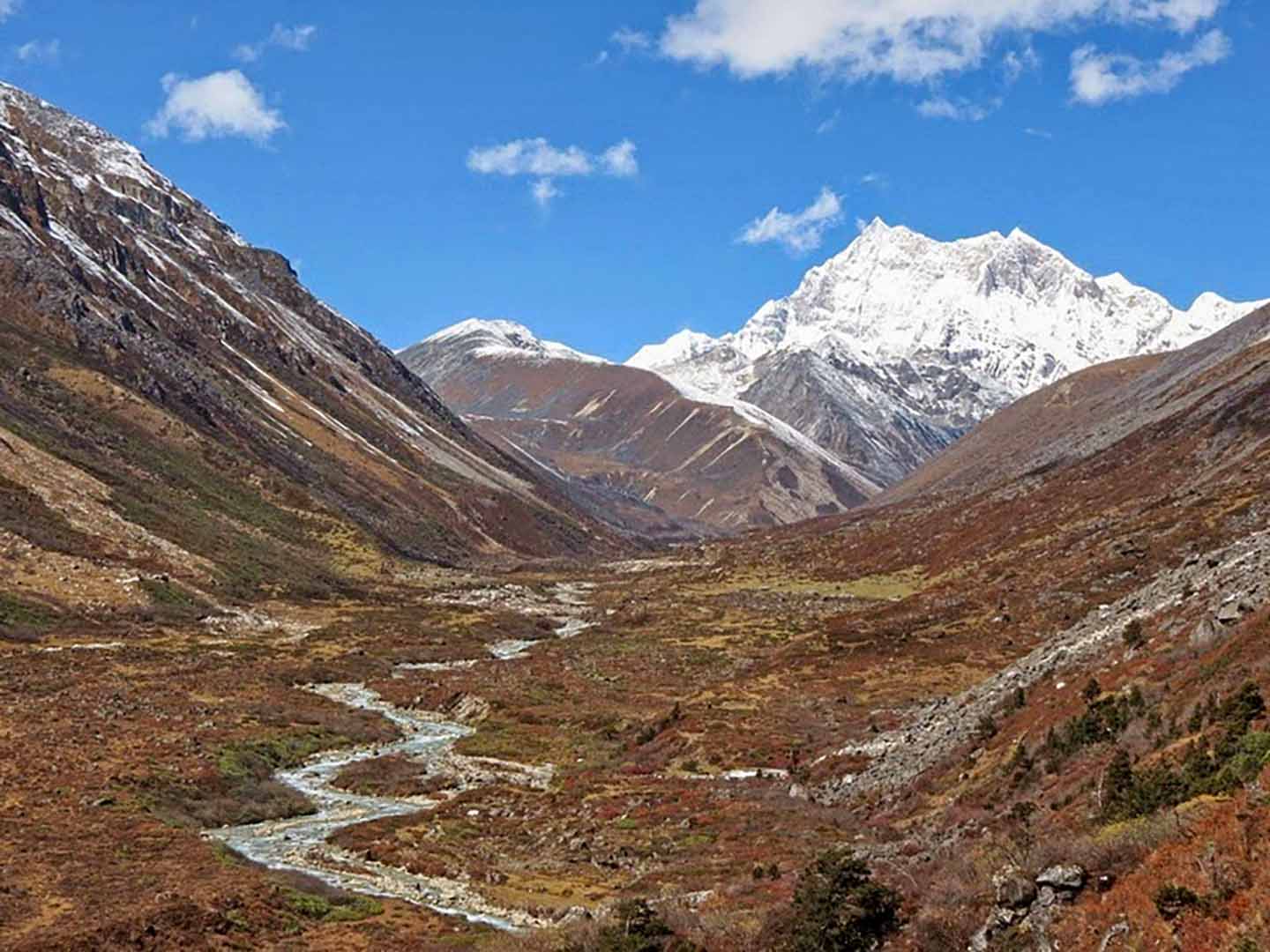
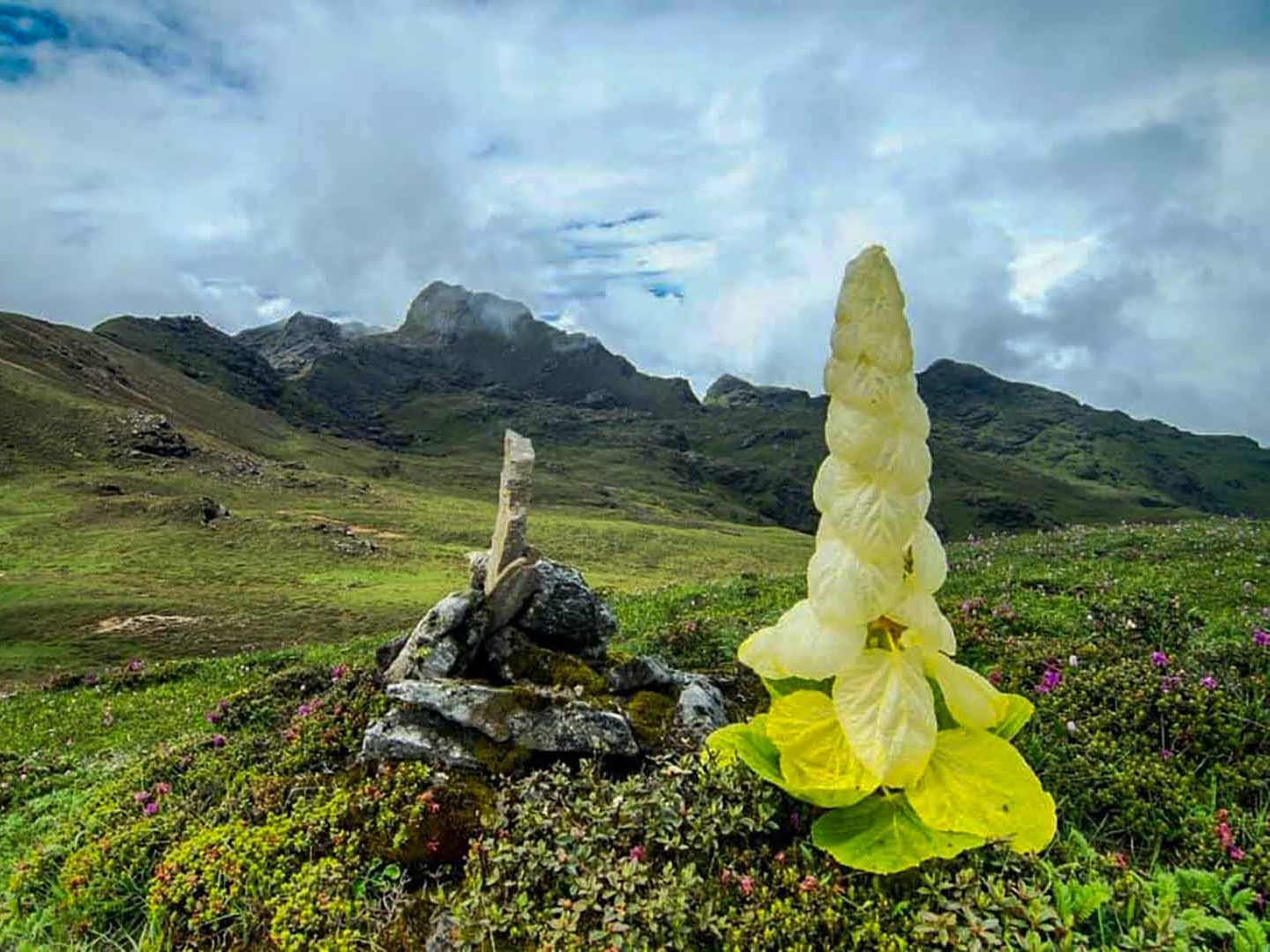
Frequently Asked Questions for Bhutan Trekking Tours
Bhutan offers some of the most breathtaking trekking experiences in the world, combining stunning natural landscapes with rich cultural heritage. If you’re planning a trekking tour to Bhutan from India, here’s a detailed Trekking packages you can keep in touch with.
Heading out for a day hike or trekking is a delightful way to explore nature with friends and family, or even by yourself. Whether you want to go deep into the mountains or stay closer to home, the places to go are numerous, and it’s always better to equip yourself for a comfortable trek.
These items should be on your hiking checklist:
- Hiking backpack
- Weather-appropriate clothing (think moisture-wicking and layers)
- Hiking boots or shoes
- Plenty of food just in case you get lost.
- Plenty of water
- Navigation tools such as a map and compass
- First-aid kit
- Knife or multi-tool.
- Sun protection:sunglasses, sun-protective clothes, and sunscreen.
- Headlamp:plus extra batteries.
- Navigation: map, compass, altimeter, GPS device, personal locator beacon (PLB), or satellite messenger.
The weather is hot and humid in the summer and cool in winter. The temperature may range from 15 Degree Celsius in the winter to 30 degrees Celsius in summer. The monsoon rains are usually heavy. Winters can be a good time to visit the lower parts, but the high areas are still covered in snow, and you can freeze. The best weather for trekking in Bhutan starts from April to June(Spring in Bhutan ) and September to November(Autumn in Bhutan).
The centre enjoys sub-tropical climate with very cool winters while the northern parts of the country have harsh climate including snowfall two to three times every winter. In Thimphu the temperature ranges from -2.5°C in January to 25°C in summer with a rainfall of 100mm.
Spring in Bhutan: Bhutan’s spring is fairly short, usually lasting from early March to mid-April, when the summer rains get underway. Temperatures are mild, and melting snows give way to gorgeous wildflowers covering the hillsides, while both humidity and rainfall are low.
Autumn in Bhutan: During the month of October, Bhutan experiences autumn/fall. The average temperature ranges somewhere between 10 degrees and 23 degrees Celsius across the country. It is that time of the year when the rain starts to go away and the weather becomes bright once again.
During the trek, we provide you with the following Items.
- Sleeping Tent.
- Dining Tent.
- Table and Chairs for relaxation and meals.
- Pillows.
- Duffle Bags to hold all your camping equipment.
- Toilet Tents with Seats.
- Hike with a “buddy” when at all possible or follow the Guide always.
- Avoid venturing off the beaten path.
- Stay hydrated and bring drinking water.
- Know where you are going ahead of time.
- Keep an eye out for poisonous plants.
- Use insect repellent.
- Do not drink alcohol. It dehydrates you and thus increases the risk of altitude sickness if above 3,000 m.
- While trekking above 3,000 m do not ascend too fast. Generally, it is not recommended to ascend more than 3-500 m per day as doing so will significantly increase the risk of Acute Mountain Sickness (AMS).
- Listen to the advice provided by your guide and trekking agency.
Altitude illness also known as altitude sickness is a pathological effect of high altitude on humans, caused by acute exposure to low pressure of oxygen at high altitude. Should it occur it will often be above 8,000 ft and may manifest itself in either AMS – Acute Mountain Sickness, or the more serious conditions HACE and/or HAPE. Altitude illness should always be taken serious as ignoring it may ultimately lead to death. In most instances, however, listening to the body and taking the necessary preventative measures, as outlined below, will entirely prevent AMS from occurring, or remove it, if occurred.
Symptoms of Mountain Sickness:
- Nausea
- Tiredness
- Sleeplessness, or Dizziness.
- Fatigue
- Social withdrawal
- Swelling extremities.
The best way to prevent altitude sickness is to ascend gradually. When above 3,000 m it is not recommended to ascend more than 300-400 m per day. Even if you’ve not ascended more than 300 m but still feel a headache, tiredness or any other of the above listed altitude sickness symptoms, always take a rest day to further acclimatize. Moreover, keep on drinking enough water so as to stay hydrated. Proper hydration helps to prevent altitude sickness. Please therefore also always stay away from alcohol when trekking. The general water drinking guideline is to drink 1 liter of water per 1,000 m. To exemplify, if at 4,000 m then 4 liter of water should be consumed per day, if at 5,000 m then 5 liter of water etc.
The first Trekkers in Bhutan started many decades ago. Unlike many parts of the Himalayas, no detailed survey records of the Bhutan Himalayas are available except few places visited by officers on political or military missions in the past and by a few expeditions who were permitted into Bhutan. Having remained closed to the outside world for centuries Bhutan Himalayas are still regarded as an exclusive, mysterious, and rare destination about which the average trekkers or climber has heard but little. The great trigonometrical survey of the Himalayas during 1845-1868 did not cover Bhutan. Even the individual accounts of exploration are few and rare.
Mr. F. Williamson, the political officer in Sikkim, in 1933 traveled from Paro to Bumthang, and then ascended the Chamkhar Chu northwards, crossing Mon La and Karchung La(5316m) from where he had a close view of Kula Gangri (7544m). Bhutan is rugged mountainious land. Thich forest grow on the rain drenched slopes of the mountains.
In 1984 F. Williamson found that except Jomolhari all other peaks required detailed ground survey with patience. At the time of visit, only Jitchu Drakey (6793m) in the Jumolhari group in western Bhutan was thrown open to the mountaineers. Bhutan Himalayas comprise about 18 peaks over 7000metres. Most of these are extremely difficult and dangerous to climb and thus provide a great challenge to mountaineers. Each peak is likely to defy a few attempts before yielding.
The Royal Government of Bhutan opened its doors to the foreign expedition, strictly on a commercial basis, only in 1983. Only a handful of teams on very special considerations, notably the spencer Chapmen team in 1937 and the joint Indian and Bhutan armies team in 1970. During 1984, two more peaks, Kang Bum(6500metres) and Namshila (6590metres) were opened. The two highest peaks in Bhutan were Gangkar Piensum (7541metres) and Kula Gangri(7554metres). To limit the number of foreign expeditions, the fees for mountaineering expeditions were kept very high. Besides daily charges, a royalty fee ranging from US$ 1000 to US$5000 was also charged, depending on the height and whether the peak was virgin or scaled.
In 1983 an all-women team from Japan, led by Junko Tabei attempted Jitchu Drake. They had intended to climb the east ridge of Jitchu Drakey. They set our from Paro on April 21 and traveled through Shana, Soithangthangka, and Jangothang to Base Camp located near a beautiful lake at 14,100feet, on April 30. They made camps I, II, and III at 4602m, 5105m, and 5197m on may 1,3 and 10 respectively. Above, the route was so steep and difficult that they gave up the attempt on May 14. Fortunately, they were given permission to climb Sepchu Kang(5200m) near Shodo. On May, 20 and 21 nine Japanese and four Bhutanese reached the summit.
In the same year Jitchu Dtake was attempted by a Austrian team led by Edward Ratheiser. This team attempted the southwest ridge. They placed Base Camp at 4298metres and camp I at the foot of the ridge at 4800metres. From there it was hard climb, chopping steps in the ice and climbing UIAA grade -IV rock to reach camp II at 5600metres. The ice above camp II on the knife edged ridge, which was up to minus 70 degrees, was the most difficult part of the climb. Finally on May 15 after 8 days of Trekking the mountains at 6096metres, they could set up a tiny tent on an ice ledge hacked on the crest of the exposed ridge at Camp III. The second team who climbed Mt. Jichu Drake was a member of the Himalayan Association of Japan. The team consist of Ataru Deguchi, Noboru Sudo, Keiichi Sudo, Masahiko Chigara, Takuo Kikuchi, Kenzo, Moriya, Shoji, led by Kuniaki Yagiharar. They were made at base camp on May 4, 1984, at 4500metres by a glacial lake east of the east ridge of Jitchu Drake.
Though Mountain climbing in Bhutan is completely closed due to religious belief and there is no more climbing in Bhutan. Before the closure, only a handful of people has summited the mountains of Bhutan. The Academic Alpine Club of Chiba University which had succeeded in the first ascent of Namshila (6500metres) in 1985 and Tsenda gang (7100metres) in 1991, explored the Teri Gang area in Lunala in 2001. This team received permission for high altitude trekking as climbing of the peaks in the area of Teri Kang and its vicinity is still closed for foreigners. The area is part of Snowman Trek and is visited mainly by European and American.
Bhutan has more than 30 trekking routes and all trekking routes are open for the tourist. The trekking routes offer varieties of Flora and Fauna that amaze our visitors. Trekking in Bhutan is somewhat different than in other parts of the Himalayas. It is the best way to see and experience the unique rural culture of the Himalayan Kingdom. Many trekking routes pass through remote villages and monasteries. In Bhutan, porters are not normally available. All personal gear, tents, and Kitchens items have to be carried by packed horses and Yaks. Because of the sparse population one passes through miles and miles of uninhabited and unspoiled trekking routes terrain. Trekking routes in Bhutan start from a day hike to 28 strenuous treks in Bhutan.
Bhutan has more than 30 trekking routes and all trekking routes are open for the tourist. The trekking routes offer varieties of Flora and Fauna that amaze our visitors. Trekking in Bhutan is somewhat different than in other parts of the Himalayas. It is the best way to see and experience the unique rural culture of the Himalayan Kingdom. Many trekking routes pass through remote villages and monasteries. In Bhutan, porters are not normally available. All personal gear, tents, and Kitchens items have to be carried by packed horses and Yaks. Because of the sparse population one passes through miles and miles of uninhabited and unspoiled trekking routes terrain. Trekking routes in Bhutan start from a day hike to 28 strenuous treks in Bhutan.
Bhutan Trekking Tours cost will depend upon the nationality and trekking routes. If you are the national from India, Bangladesh and Maldives daily tarriff is not applicable and one can pay in Indian rupees or based on the quote provided by the tour operator. Other than three national mentioned, with new tourism rules USD 200 per person per night should be paid to the government despite season and the cost of trekking will be extra and will depend upon the trekking organizer and the trekking routes and number of people in the groups.
For locals of Bhutan, it takes about 4 hours to and fro journey from the base camp to Tiger nest temple and back to Paro. The 12 Km long hike takes about 3 hours for an average walker while going up and 2 hours to return. One can also take a pony ride while hiking up to viewpoint if you think you find it difficult. The temple is perched at an altitude of 3000m above sea level and 900m above Paro valley.
Bhutan is also popular for International Luxury chains of Hotel like Amankora, Uma, Six Senses and many local branded Luxury property. You can choose any one of the luxury tour combining with this Hotels.
Most of the trekking is done in Spring ( March to June) and Autumn season (September to November) but as for Snowman Trek, the season lasts only 4 months in a year. There is various reasons for having only a few months of the trekking season for Snowman. This is because Snowman trek routes goes as high as 4900m where the snow remains throughout the year, blocking the trekking routes. Snowman trek starts from April mid to May at beginning of the year and October to November in the fall season. The date can vary depending upon the route opening confirmation by our team from Laya village who is our Horse and Yak contractor. Also Check Bhutan Tour in March and Bhutan Tour in May
